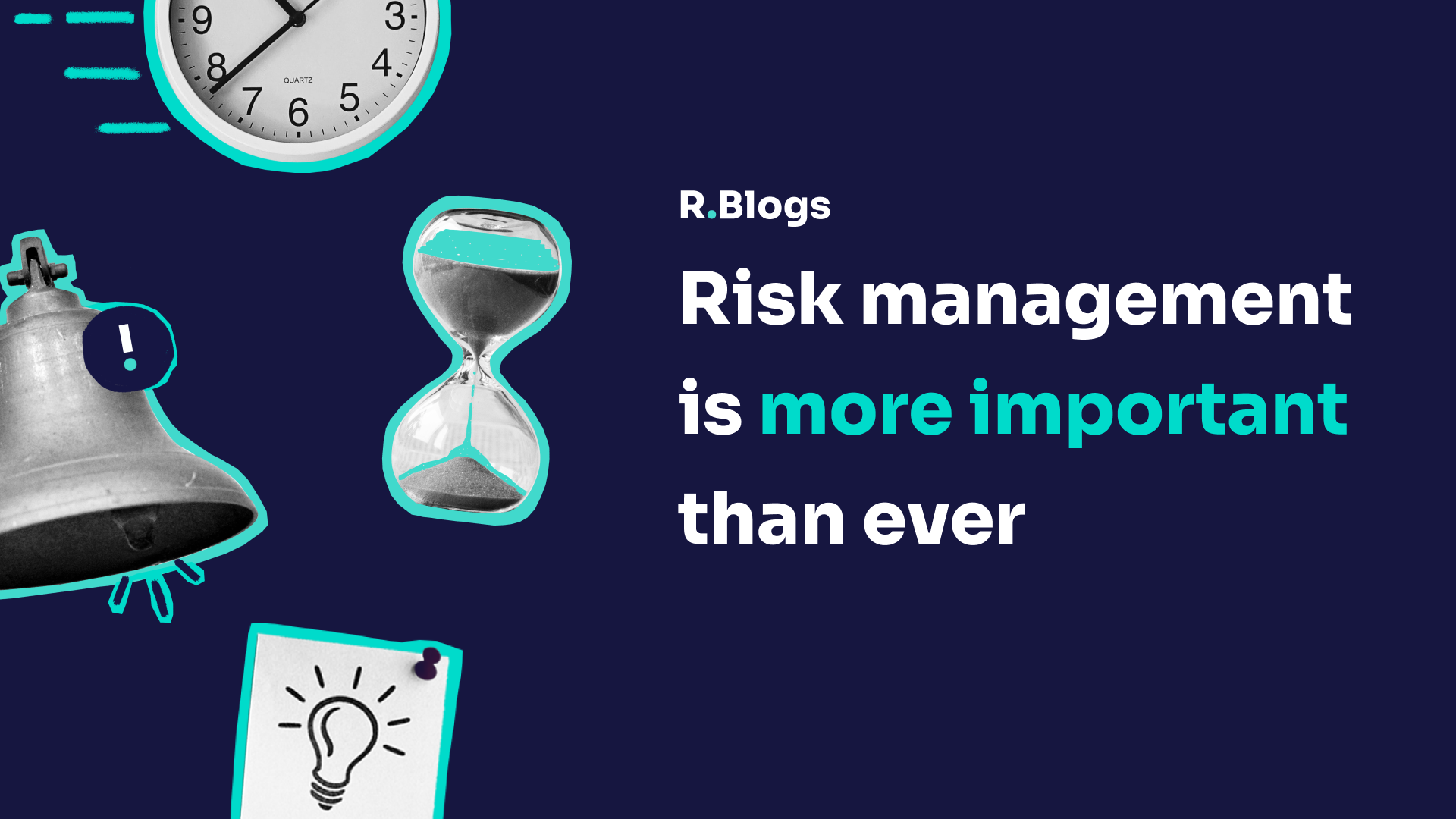Exploring the Long-Term Benefits and Importance of Risk Management for Entrepreneurs
Exploring the Long-Term Benefits and Importance of Risk Management for Entrepreneurs
Blog Article
Checking out the Significance of Risk Management for Effective Decision-Making Techniques
In the elaborate globe of organization, Risk Management becomes a crucial element in the decision-making procedure. The capacity to identify possible dangers and chances, and strategize accordingly, can lead to the distinction in between success and failure. With tools such as SWOT and PESTEL, organizations are outfitted to make enlightened selections, cultivating resilience and flexibility in an ever-changing setting. Wondering exactly how this functions? Let's unbox the characteristics further.
Recognizing the Concept of Risk Management
Risk Management, an important element in decision-making, is frequently misconstrued or oversimplified. Risk Management includes structured and disciplined strategies, utilizing information and insightful assessments. From economic uncertainties, lawful obligations, tactical Management errors, to accidents and all-natural catastrophes, it deals with various threats - importance of risk management.
The Duty of Risk Management in Decision-Making Processes
In the world of strategic preparation and organization procedures, Risk Management plays an indispensable function in decision-making processes. It helps in determining potential hazards and uncertainties that could impact the achievement of service objectives. By tracing these dangers, companies can develop techniques to mitigate their impact, guaranteeing organization continuity and stability. Risk Management hence becomes a crucial device in decision-making, aiding leaders to make enlightened choices based on an extensive understanding of the dangers entailed. It urges an aggressive approach, enabling organizations to prepare and anticipate for feasible future circumstances. This substantially decreases the chance of unfavorable effects, promoting much more efficient and efficient decision-making methods. As a result, Risk Management acts as a crucial part in the decision-making processes of any kind of company.

How Risk Management Enhances Strategic Planning
In the context of critical preparation, Risk Management plays a critical role. Initiating with the recognition of potential risks, it even more encompasses the implementation of Risk reduction procedures. The duty of Risk Management is not fixed however dynamic, as it requires continuous monitoring and adjusting of techniques.
Determining Prospective Dangers

Implementing Risk Mitigation
Having actually developed the importance of identifying possible threats, the next action is to explore Risk mitigation. This procedure involves developing and implementing approaches to handle identified risks properly. It is a vital facet of critical planning as it boosts decision-making by minimizing prospective negative end results. Risk reduction approaches can range from Risk avoidance, Risk transfer, to run the risk of reduction. Each method should be customized to the specific Risk, considering its potential impact and the organization's Risk resistance. Effective Risk Related Site mitigation needs a deep understanding of the Risk landscape and the potential influence of each Risk. This understanding allows companies to prioritize threats and allot resources properly, guaranteeing that one of the most significant risks are resolved first.
Tracking and Changing Strategies
Though Risk mitigation is a vital action in critical planning, continuous surveillance and change of these strategies is equally crucial. This continuous procedure permits companies to identify new dangers and reassess existing ones, making sure the carried out techniques remain effective in the ever-changing company setting. It likewise gives a possibility to review the success of the Risk Management steps, enabling changes to be made where essential, more boosting tactical preparation. Efficient surveillance and modification need useful reference making use of analytics and vital efficiency signs (KPIs) to determine effectiveness. These devices offer important data-driven understandings that can educate calculated decision-making. For that reason, tracking and adjusting Risk Management strategies is a critical component for improving a company's durability and strategic preparation.
Case Researches: Effective Risk Management and Decision-Making
In the globe of business and money, successful Risk Management and decision-making typically serve as the columns of thriving business. These cases highlight the worth of astute Risk Management in decision-making processes. These instances underscore the essential function of Risk Management in strategic decision-making.
Devices and Techniques for Effective Risk Management
These devices, such as Risk registers and warm maps, aid in determining and analyzing prospective dangers. Risk feedback strategies, a key element of Risk Management, entail approving, avoiding, transferring, or mitigating risks. With these devices and techniques, decision-makers can navigate the facility landscape of Risk Management, thereby helping with notified and efficient decision-making.
Future Patterns in Risk Management and Decision-Making Approaches
As we check out the substantial landscape of Risk Management, it ends up being apparent that the tools and strategies used today will certainly remain to progress. Future patterns point in the direction of a raised reliance on technology, with artificial knowledge and artificial intelligence playing significant duties. These innovations will make it possible for companies to predict possible dangers with greater precision and make more informed choices. Furthermore, there will certainly be an expanding emphasis on strength, not just in managing threats however also in recovering from negative circumstances. The principle of Risk culture, where every member of a company is aware and involved in Risk Management, will certainly get a lot more importance. These patterns advertise a more aggressive and inclusive approach in the direction of Risk Management and decision-making.
Verdict

Risk Management thus ends up being a crucial tool in decision-making, assisting leaders to make informed options based on an extensive understanding of the risks involved. Risk mitigation approaches can range from Risk avoidance, Risk transfer, to risk decrease (importance of risk management). Efficient Risk mitigation needs a deep understanding of the Risk landscape and the prospective effect of each Risk. Risk reaction approaches, a vital element of Risk Management, involve approving, staying clear of, transferring, or mitigating dangers. The principle of Risk culture, where every member of an organization is conscious and entailed in Risk Management, will certainly acquire extra prestige
Report this page